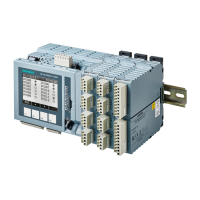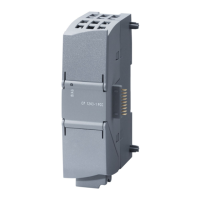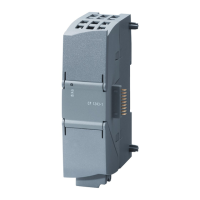I/O configuration variants
4.1 Stand-alone operation
CPU 410-5H Process Automation/CPU 410 SMART
46 System Manual, 10/2013, A5E32631667-AA
What you have to take into account for stand-alone operation of a CPU 410
-alone operation of a CPU 410, no synchronization modules may be connected. The
rack number must be set to "0".
The table below lists the differences between the operation of a CPU 410 in stand-alone
mode and redundant mode.
Table B-1 Differences between stand-alone and redundant operation
CPU 410 in stand-alone operation
CPU 410 in redundant system state
System modifications during
operation
Yes, as described in Manual "Modifying
the System during Operation via CIR".
Yes, as described in Chapter Failure and
replacement of components during
redundant operation (Page 167) for
Fault tolerance-specific LEDs
The REDF, IFM1F, IFM2F, MSTR, RACK0 and RACK1 LEDs show the reaction specified in
the table below in stand-alone operation.
MSTR Lit
Configuring stand-alone operation
Requirement: No synchronization module may be inserted in the CPU 410.
Procedure:
1. Insert a
station in your project.
2. Configure the station with the CPU 410 according to your hardware configuration. For
stand-alone operation, insert the CPU 410 in a standard rack (Insert > Station > S7-400
station in SIMATIC Manager).
3. Assign the parameters of the CPU 410. Use the default values, or customize the
necessary parameters.
4. Configure the necessary networks and connections. For stand-alone operation you can
also configure "fault-tolerant S7 connections".
For help on procedure refer to the Help topics in SIMATIC Manager.
